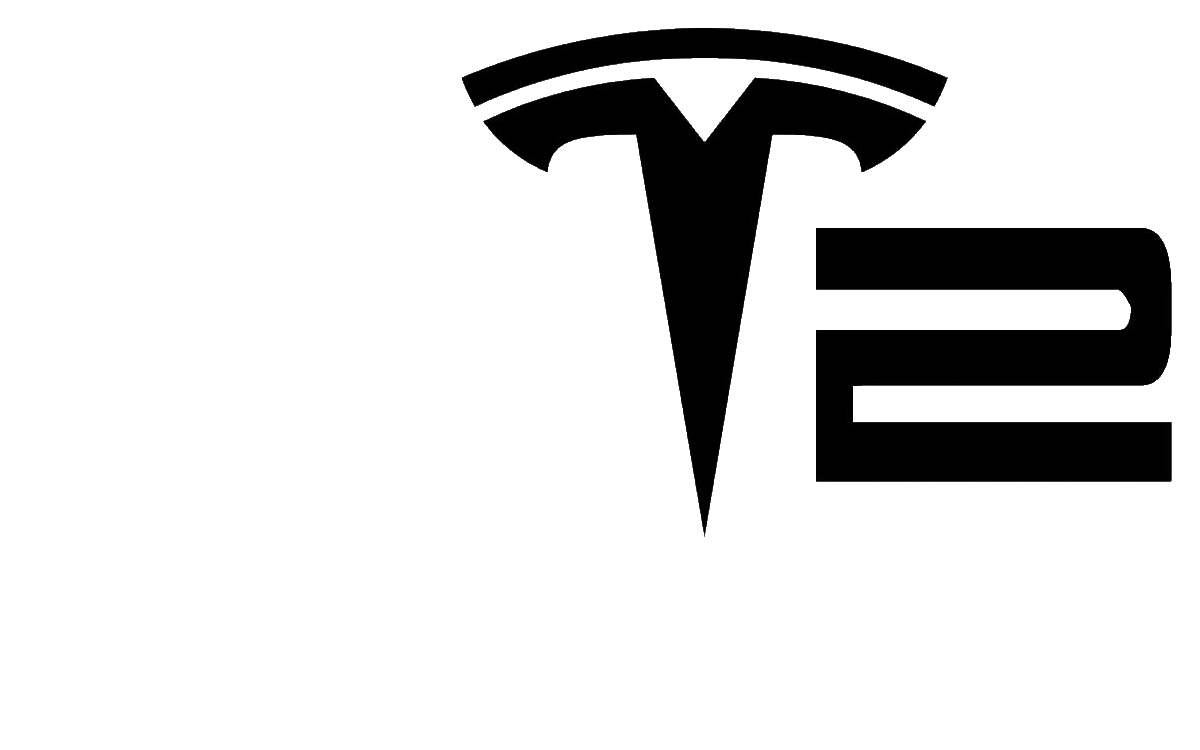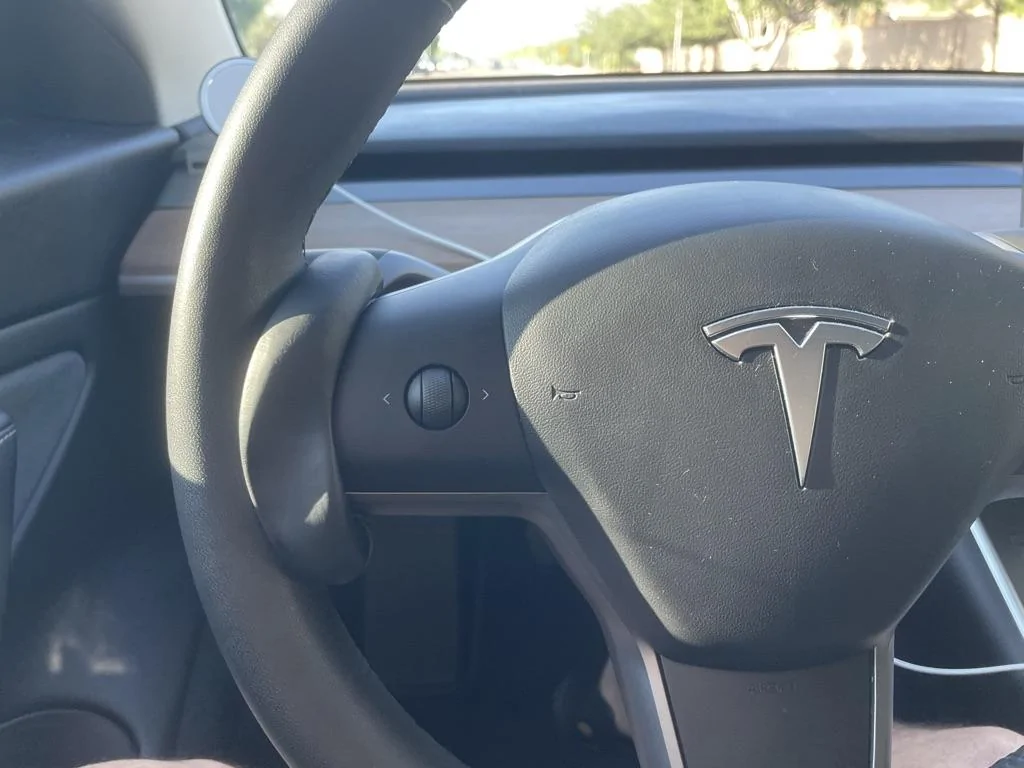Faffle
Well-known member
- Joined
- Apr 2, 2020
- Threads
- 1
- Messages
- 71
- Reaction score
- 11
- Location
- Portland Oregon
- Vehicles
- Kia Soul ev
As someone in their 50's who might be in their 60's or 70's before full level 5 is achieved i couldn't disagree with the author more. Perhaps he is in his 20's

